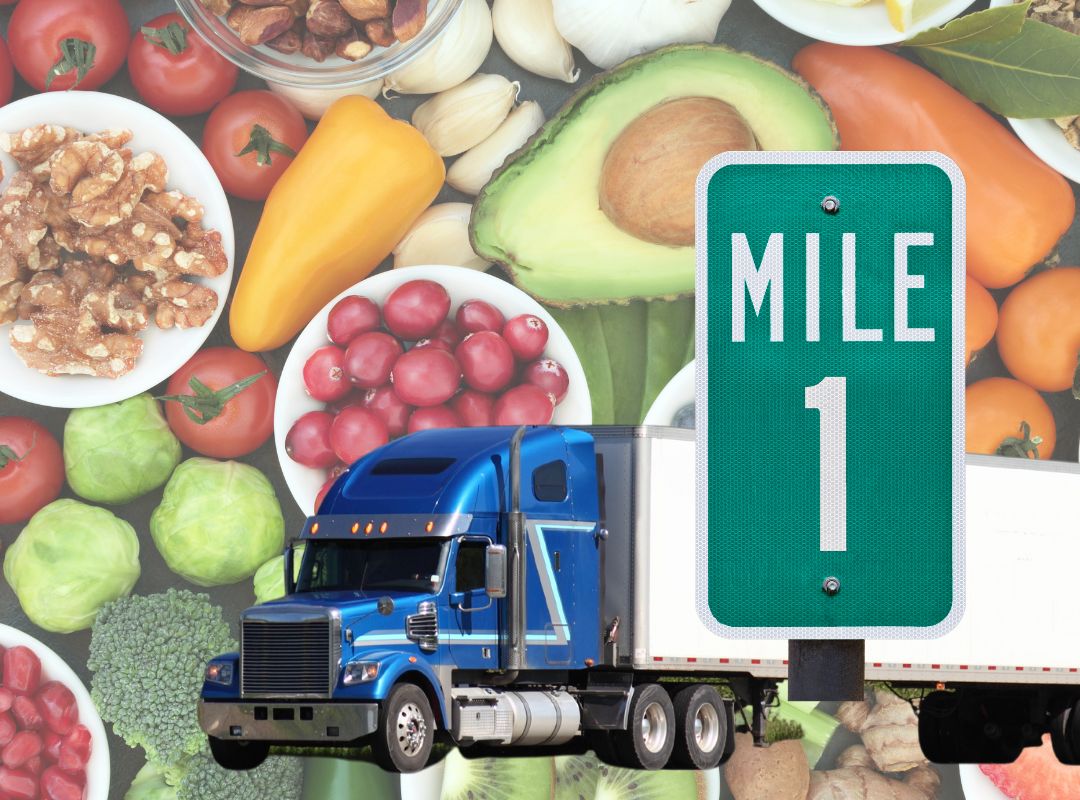
Food: Going the Distance
Students calculate the miles common food items travel from the farm to their plates and discuss the environmental, social, and economic pros and cons of eating local vs relying on a global marketplace for our food.

Students calculate the miles common food items travel from the farm to their plates and discuss the environmental, social, and economic pros and cons of eating local vs relying on a global marketplace for our food.
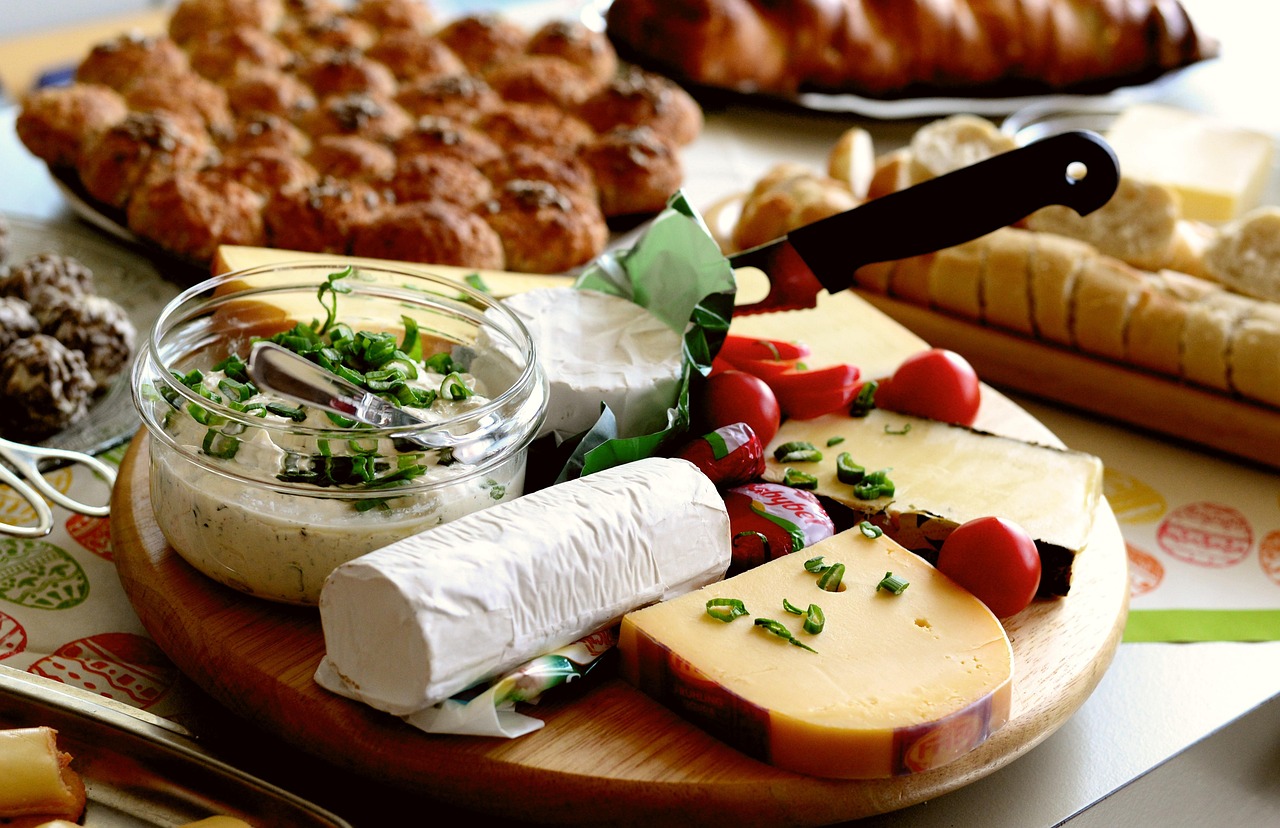
Students will learn about the Law of Conservation of Mass by exploring environmental factors that can impact protein coagulation in milk (cheese-making process). By making qualitative and quantitative observations they will test three possible methods of making curds and whey.
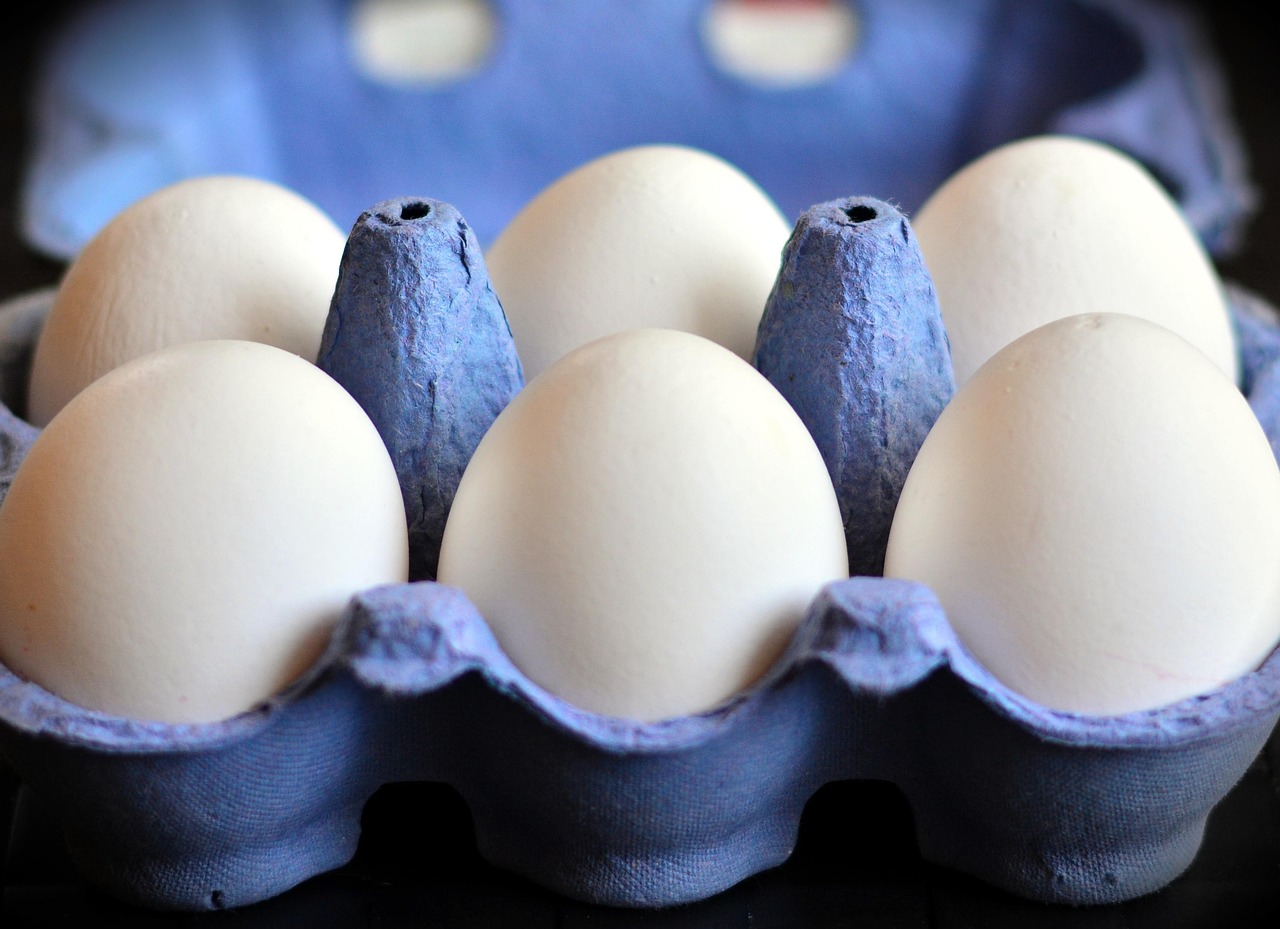
Students will learn the anatomy of eggs and the concept of forming colloidal dispersions called foams as they learn the anatomy of an egg, create a foam by whisking egg whites, investigate the effect of whisking time on foam, and compare and contrast the effect of different substances on the stability of foam.
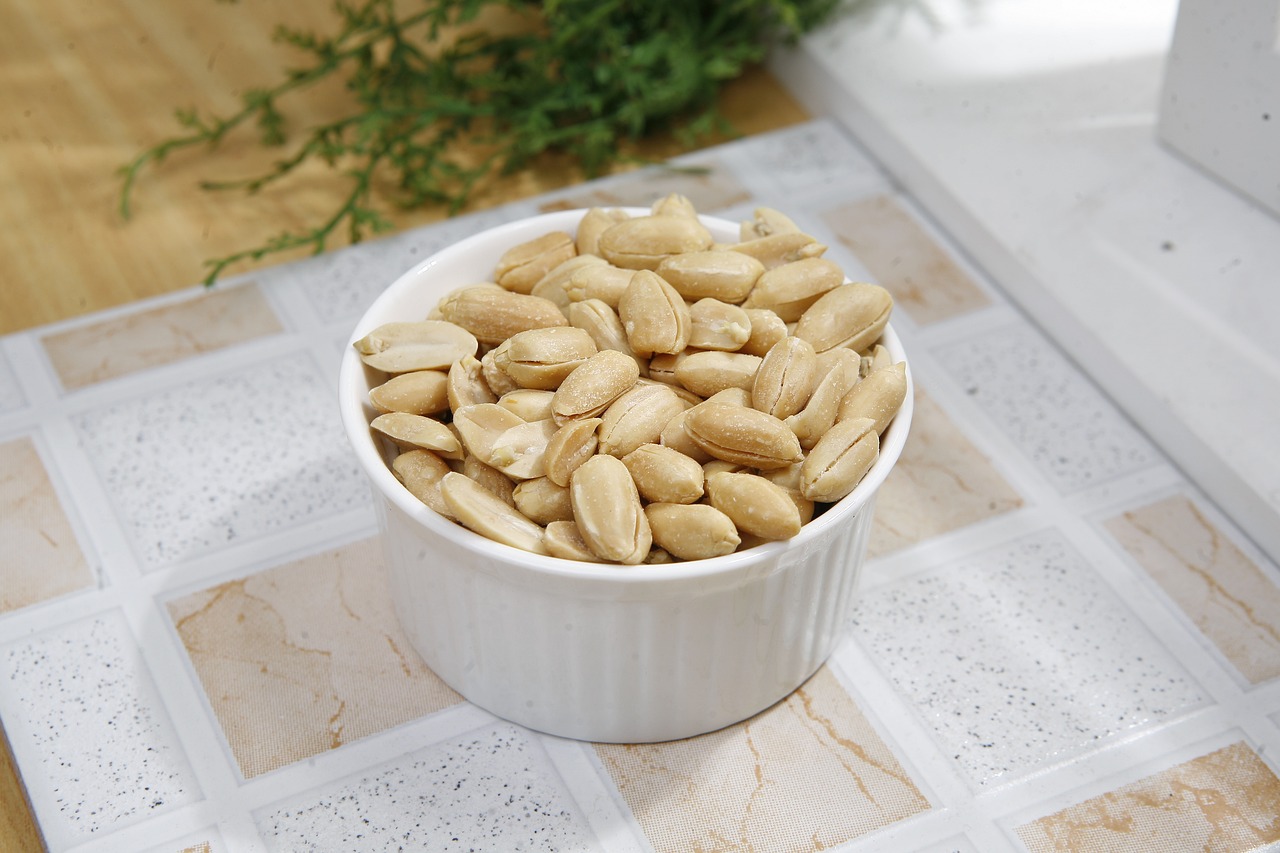
Students will identify the importance of a healthy diet, examine how to meet current Dietary Guidelines, and determine the potential energy (kilocalories) of a peanut through measurements obtained during teacher use of a bomb calorimeter. Students will make comparisons to the actual Nutrition Fact Label and identify possible sources of error.
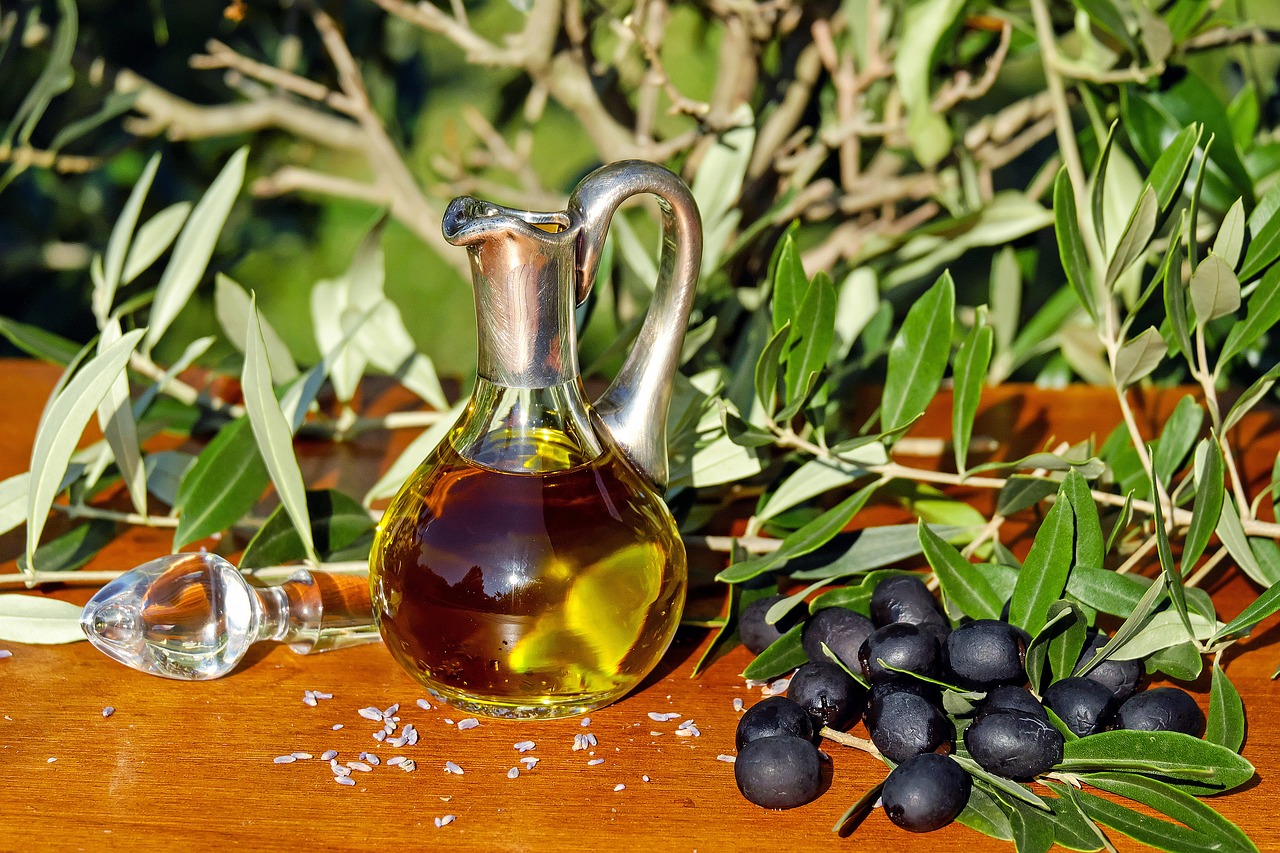
Students will explore the fat content of commonly consumed foods, observe physical properties of lipids (margarine, butter, and vegetable oil) to distinguish between saturated and unsaturated fat, and observe the action of emulsifiers in heterogeneous and homogenous mixtures.
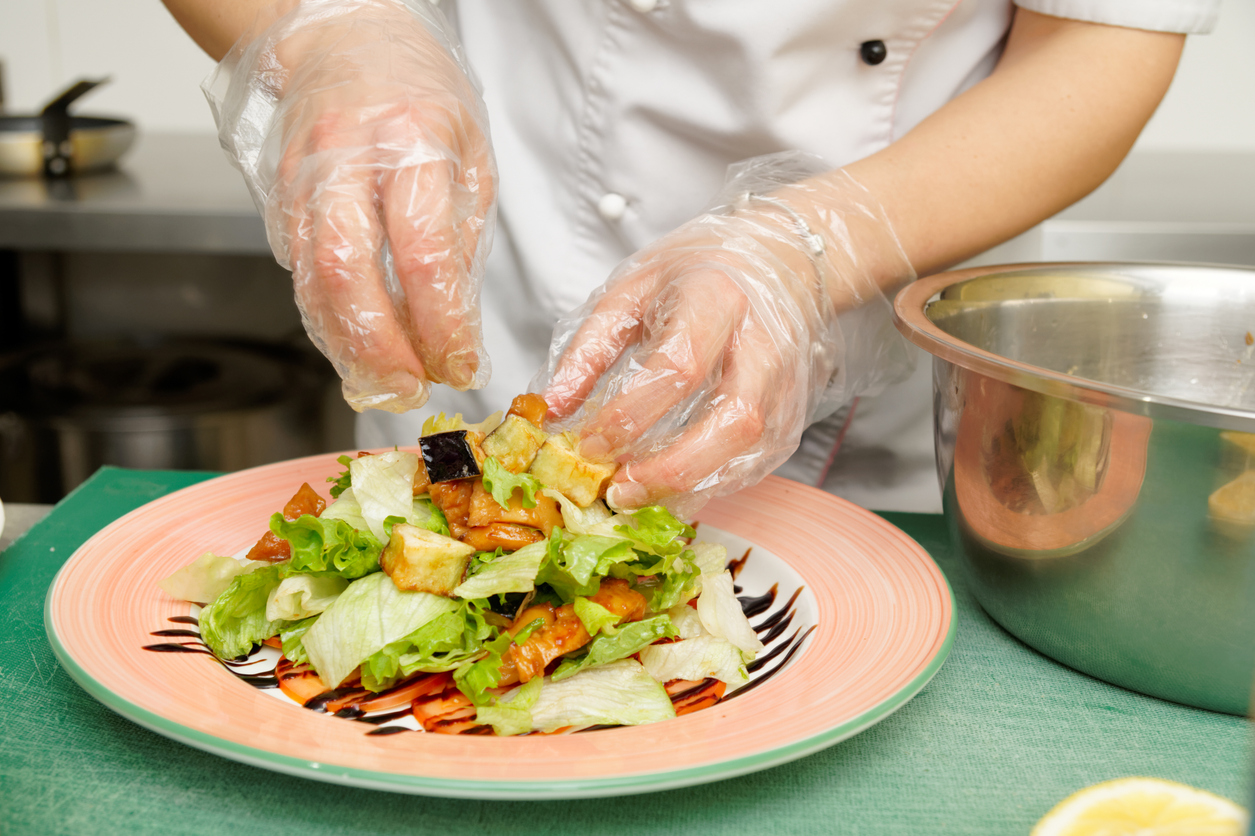
Students will understand water-based state changes that occur at varying temperatures, recognize the importance of the proper hand washing technique for general health and disease prevention, understand the factors that impact mold growth and their application to food safety, and explore ways to prevent foodborne illness.
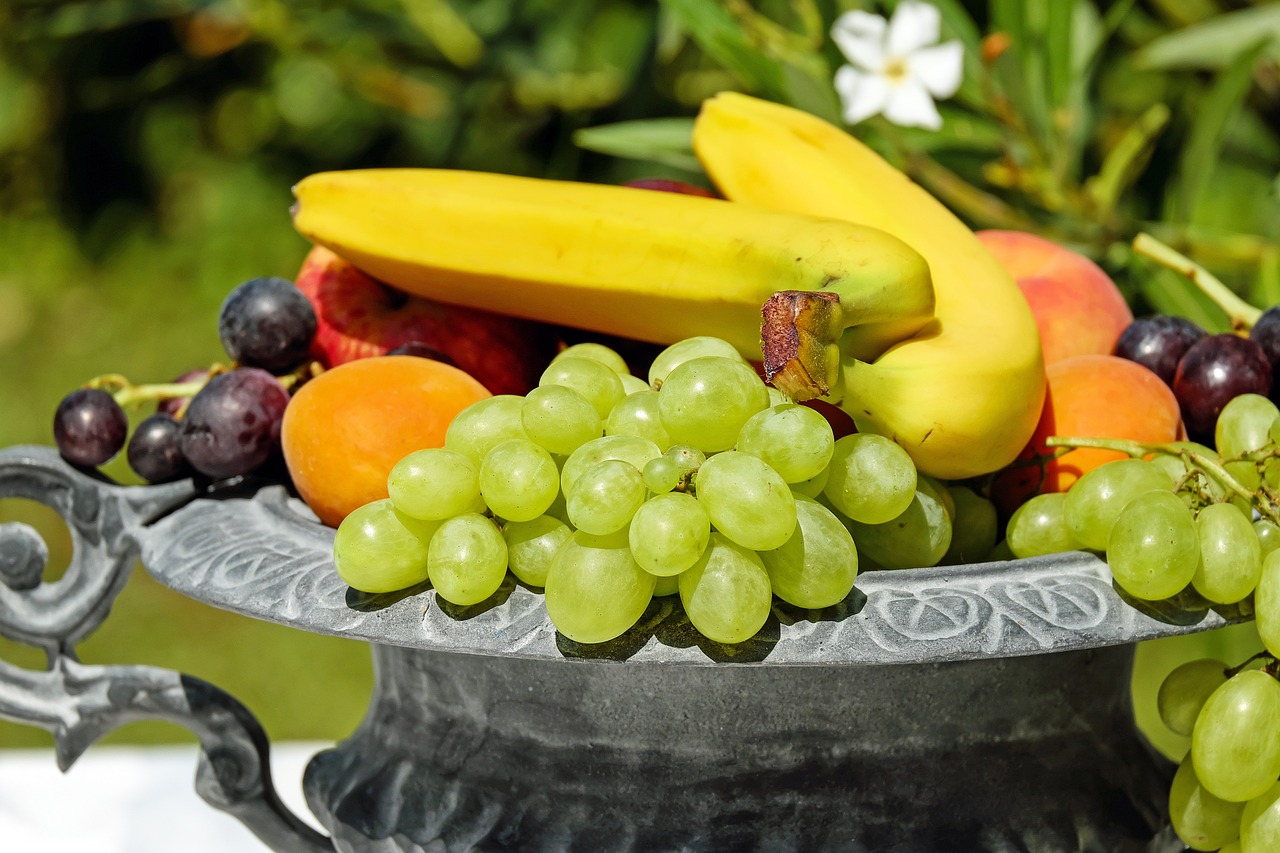
Students will learn the concept of enzymatic browning and methods for decreasing enzymatic oxidation by observing three types of fruit. Students will also understand the relationship between oxidation and antioxidants and the role fruits play in health and nutrition.
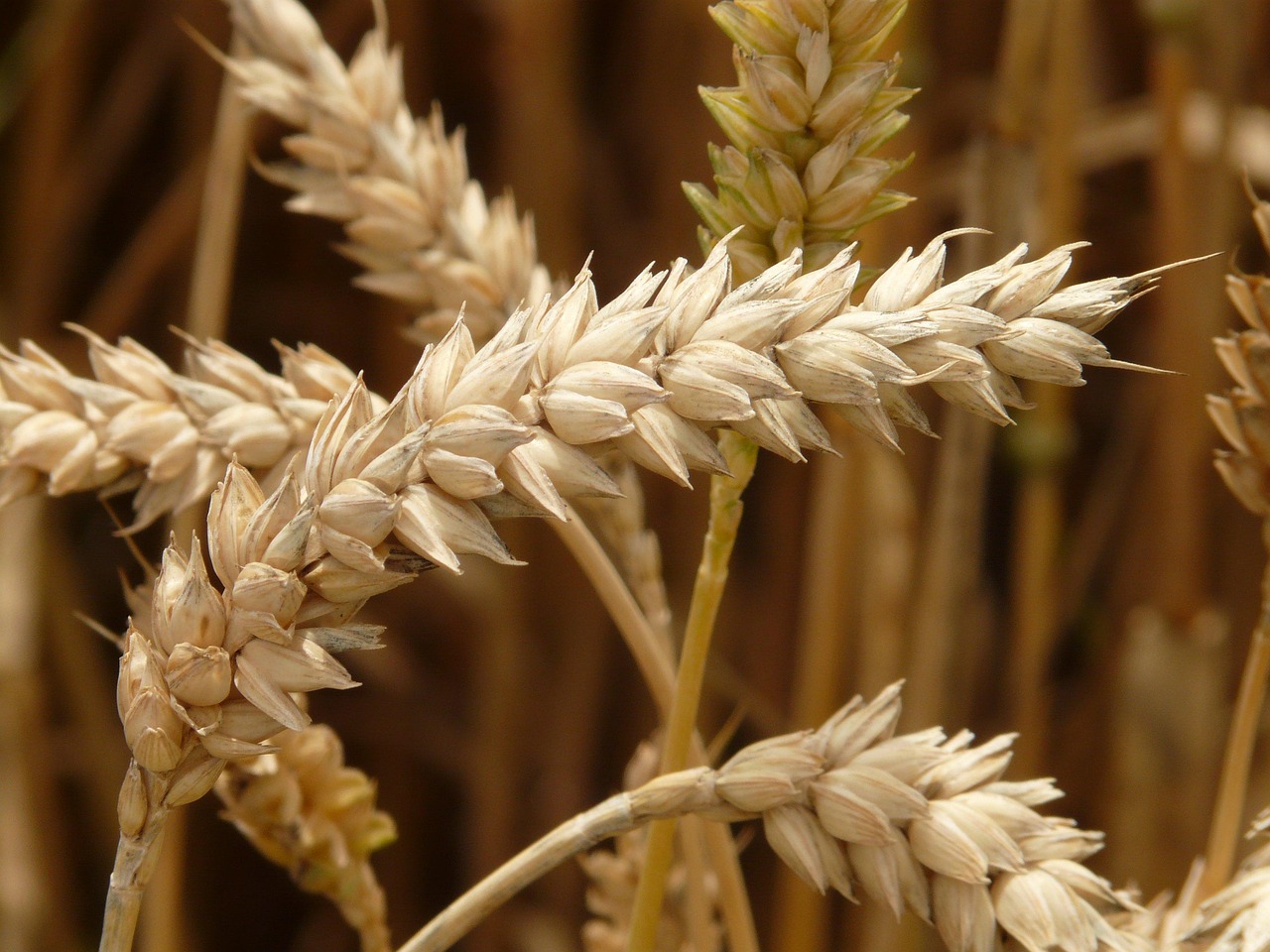
Students will learn the physical components and nutritional composition of a grain, understand the function of the protein gluten in the structure of bread products, and investigate how mechanical and chemical digestion begins with salivary amylase in the mouth.
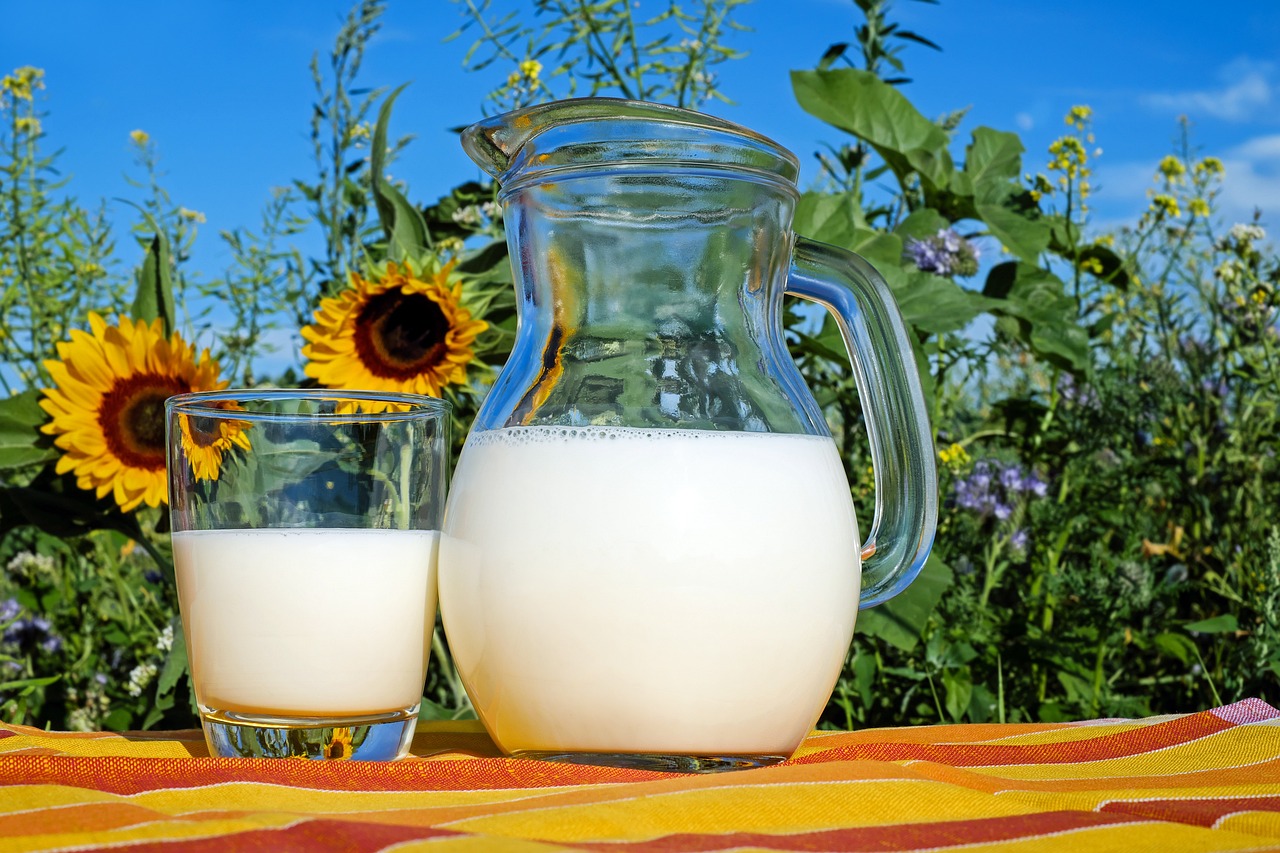
Students will understand the nutritional components of milk (carbohydrates) as they test three types of milk for the sugar glucose before and after adding the digestive enzyme lactase to determine which milk(s) contain the sugar lactose. They will also explore the nutritional composition and health benefits of consuming milk, research food sources of calcium, vitamin D, and phosphorus and devise ways to add bone-strengthening food to their diet.
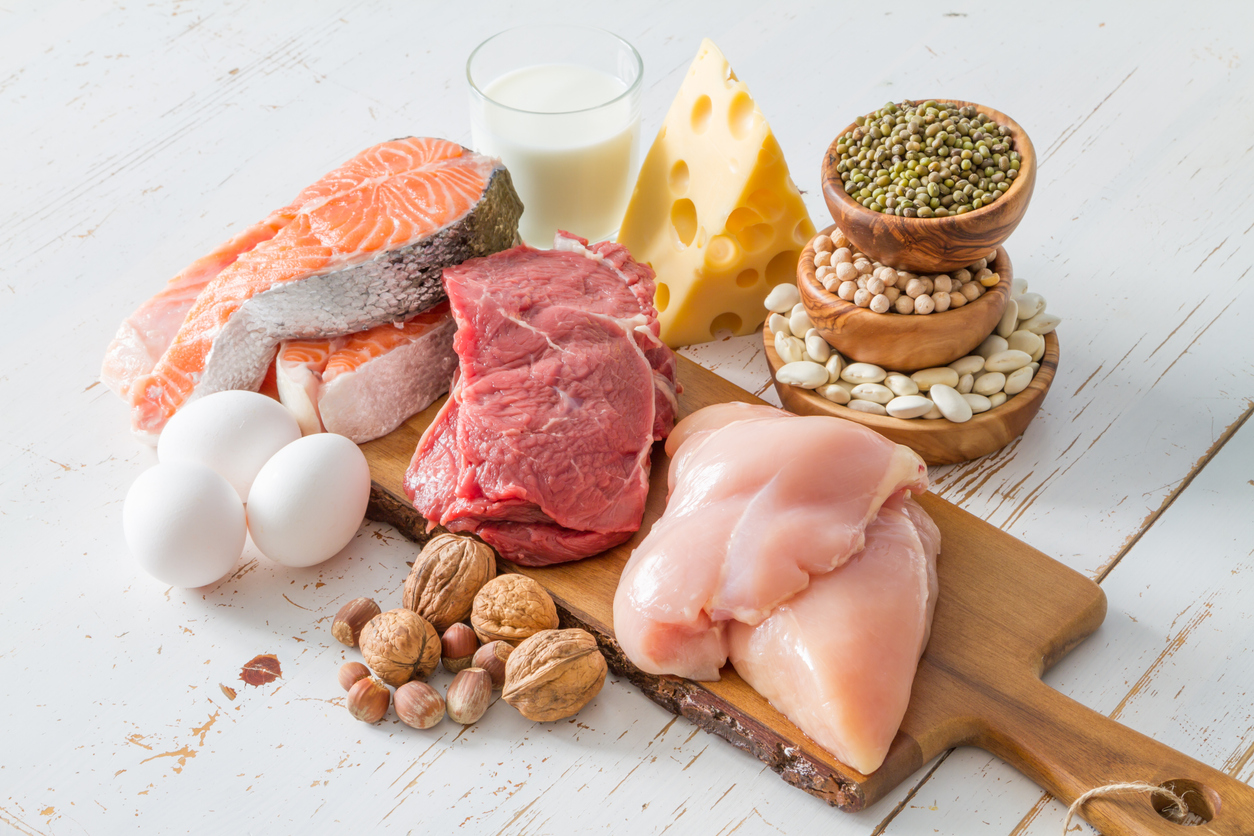
Students will examine dietary sources of protein and generally understand the relationship between protein synthesis and amino acids while completing an activity to use beads as a representation of amino acids to construct proteins (polypeptide chains). Students will identify complete and/or incomplete proteins found in both animal and plant food sources.
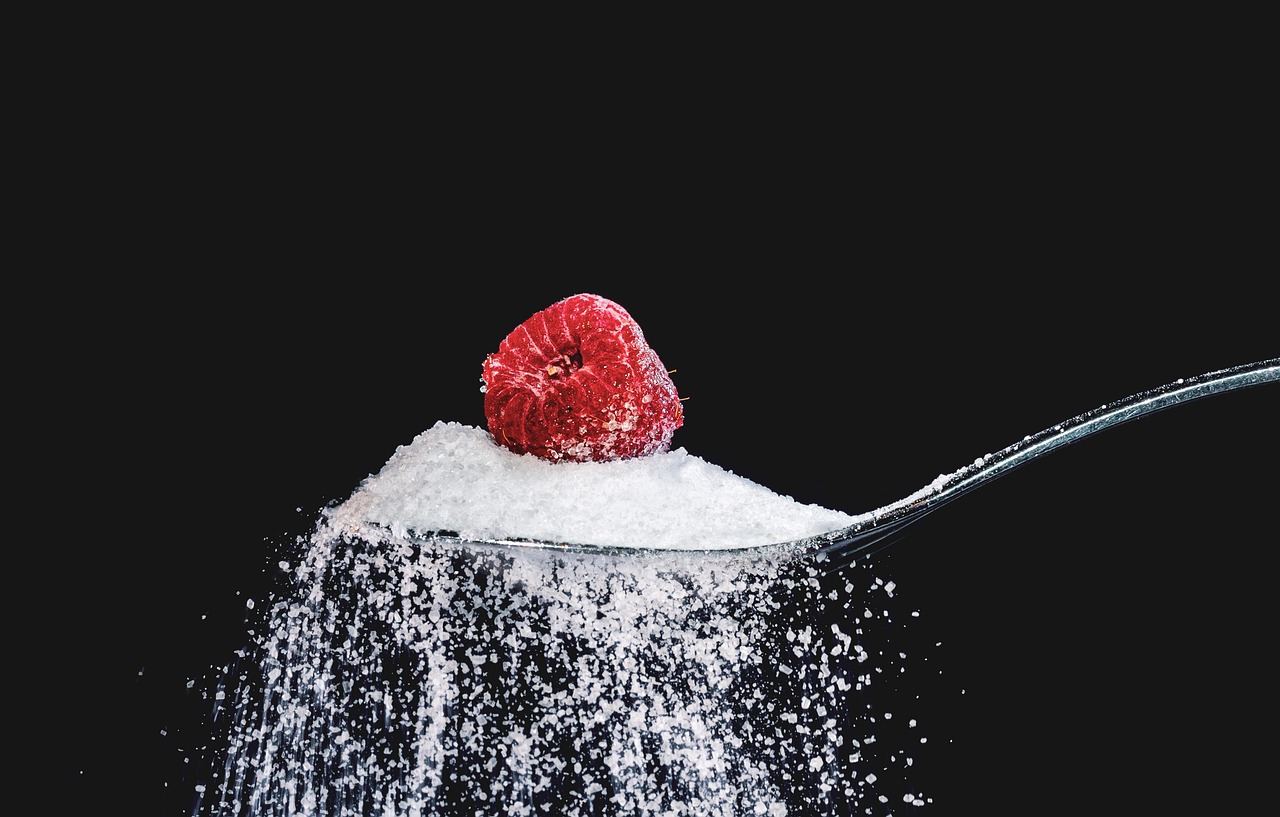
Students will learn the concept of simple carbohydrates (sugar) in the diet and their role in providing energy to the body, compare saturated sugar solutions, and evaluate the sugar content of common beverages and sugar consumption within their own diet.
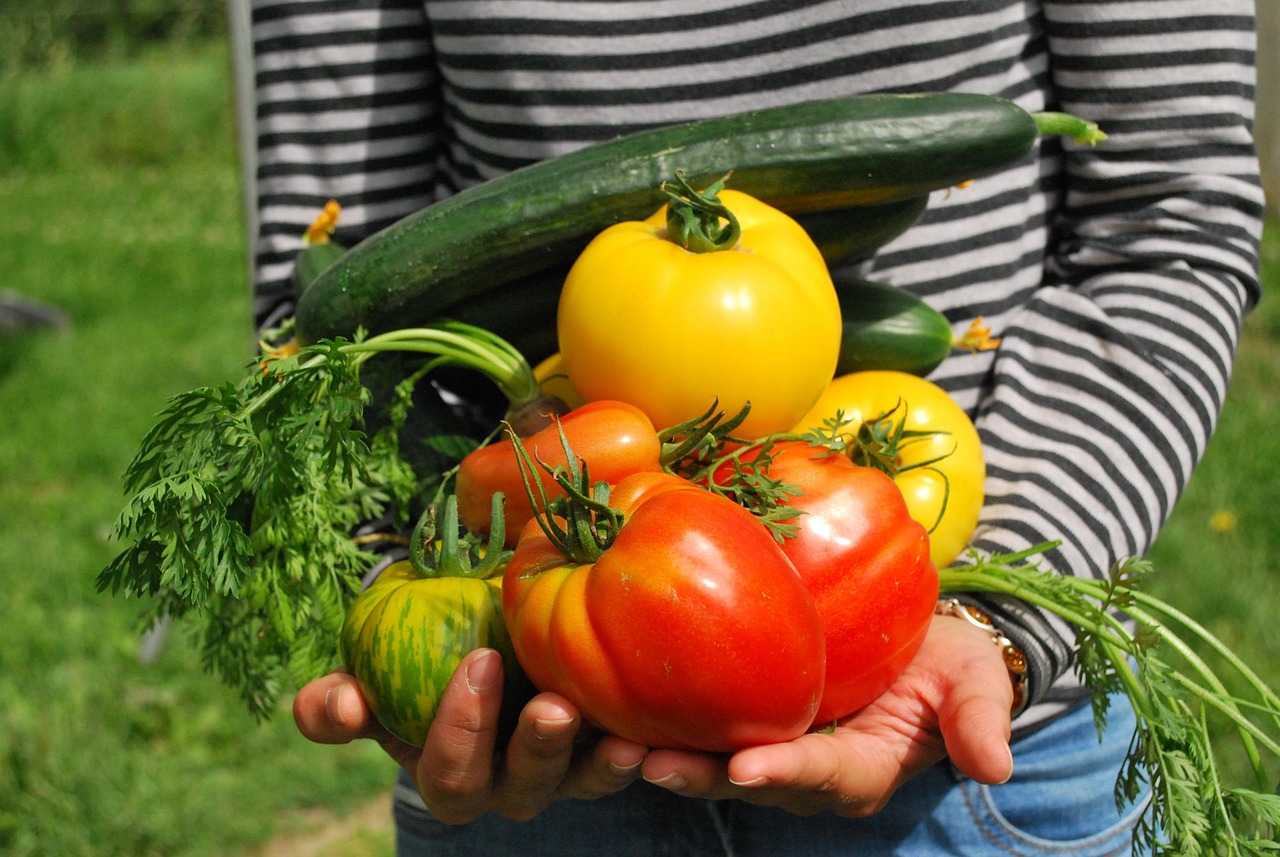
Students will learn the concept of pH, and the impact of acids and bases on plant pigments, explore the impact of acids and bases on plant cell structure, and discover the health benefits of consuming vegetables.